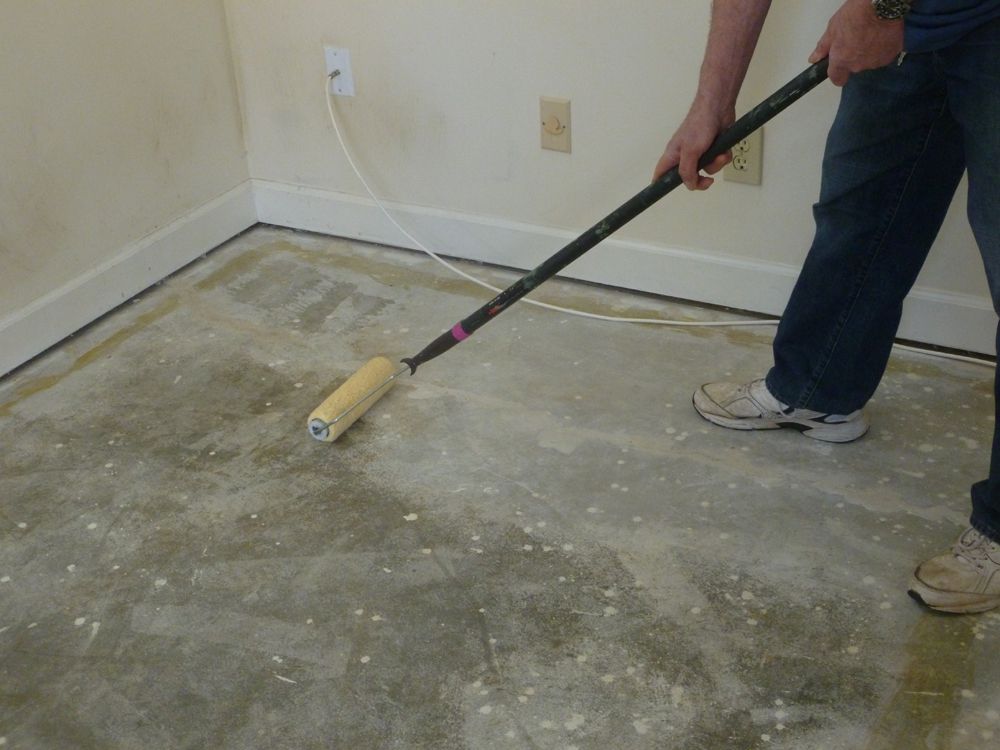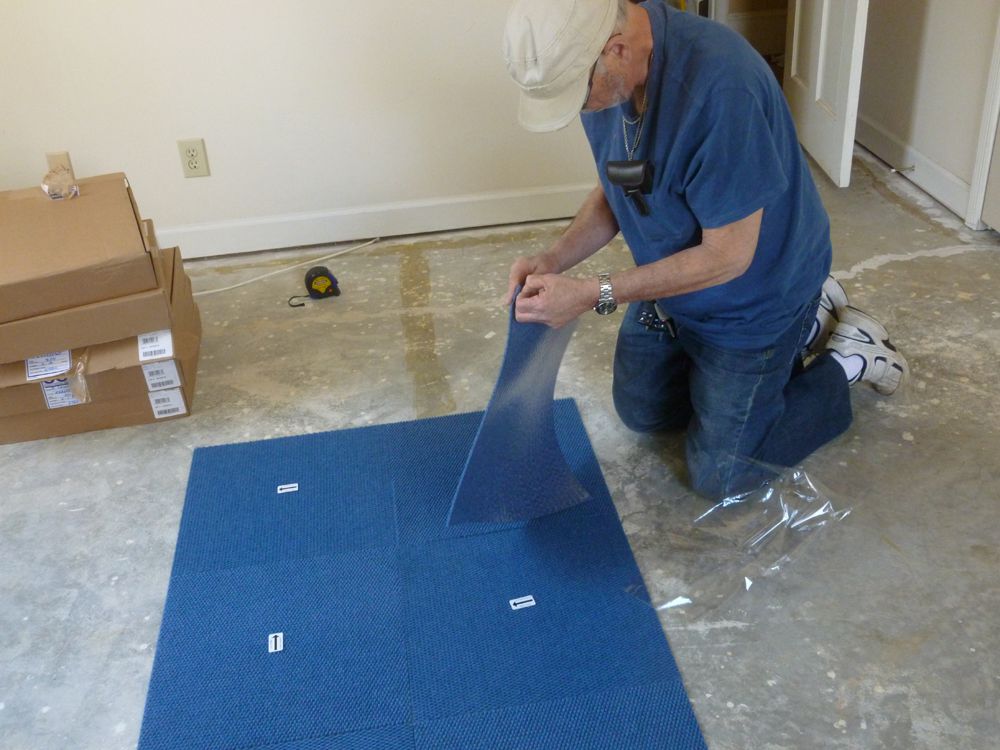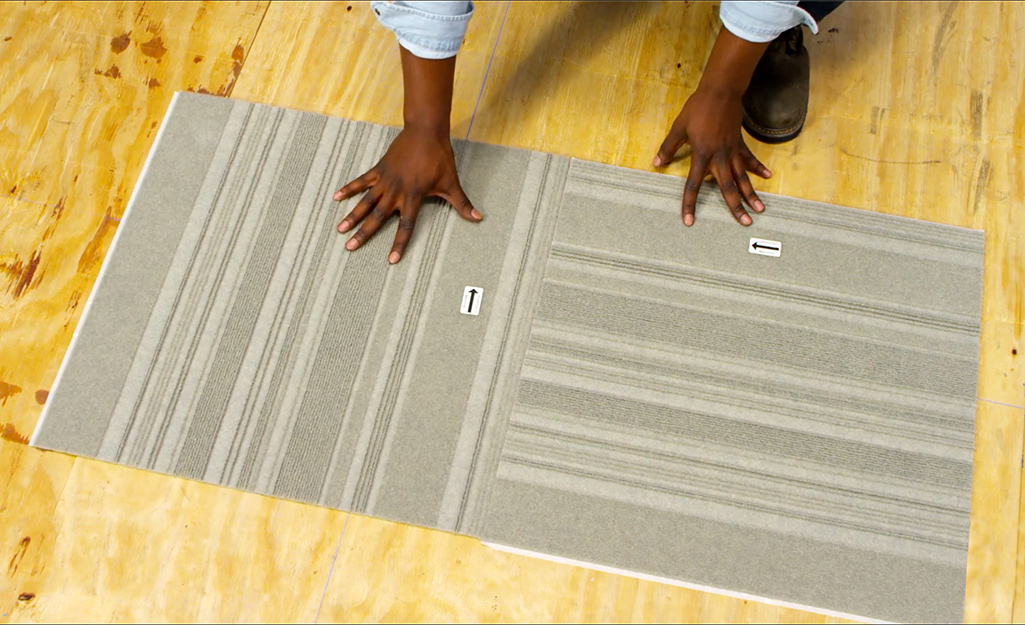Step into Style: A Beginner’s Guide to Laying Carpet Tiles
Carpet tiles, also known as carpet squares, are a versatile and practical flooring option for both residential and commercial spaces. Their ease of installation, durability, and design flexibility make them an attractive choice for DIY enthusiasts and professional installers alike. In this comprehensive guide, we’ll walk you through the process of laying carpet tiles, from preparation and planning to installation and finishing touches, providing valuable tips and insights along the way.

Understanding Carpet Tiles: A Versatile Flooring Solution
Carpet tiles are small, individual sections of carpeting typically measuring 18 inches by 18 inches or 24 inches by 24 inches. They are available in a wide range of colors, patterns, and textures, allowing for endless design possibilities. Unlike traditional broadloom carpeting, carpet tiles are installed using a modular approach, making them easy to replace and maintain. This versatility makes carpet tiles suitable for various applications, including bedrooms, living rooms, offices, and commercial spaces.

Planning and Preparation: Setting the Stage for Success
Before you begin laying carpet tiles, it’s essential to plan and prepare the installation area to ensure optimal results. Here are some key steps to follow:
- Measure the Space: Calculate the square footage of the room to determine how many carpet tiles you’ll need. Consider ordering extra tiles to account for any mistakes or future replacements.
- Inspect the Subfloor: Ensure that the subfloor is clean, dry, and free of debris. Repair any cracks, uneven surfaces, or damage before proceeding with the installation.
- Acclimate the Tiles: Allow the carpet tiles to acclimate to the room’s temperature and humidity for at least 24 hours before installation. This helps prevent dimensional changes and ensures a proper fit.
- Choose a Layout: Decide on a layout for the carpet tiles, considering factors such as pattern orientation, tile placement, and seam alignment. Experiment with different arrangements to achieve your desired look.
By carefully planning and preparing the installation area, you can set the stage for a smooth and successful carpet tile installation.
Installation Techniques: Step-by-Step Instructions
Once you’ve completed the planning and preparation phase, it’s time to begin laying the carpet tiles. Follow these step-by-step instructions for best results:
- Start in the Center: Begin laying carpet tiles in the center of the room, working outward toward the walls. Use a chalk line or laser level to establish a straight reference line as a guide.
- Adhere the Tiles: Peel off the adhesive backing from the first carpet tile and press it firmly into place along the reference line. Continue placing tiles in a grid pattern, aligning the edges snugly against each other.
- Trim as Needed: Use a utility knife or carpet cutter to trim tiles as needed to fit around obstacles, corners, or irregularly shaped spaces. Measure carefully and make precise cuts to ensure a seamless appearance.
- Stagger the Seams: Stagger the seams of adjacent tiles to create a more visually appealing layout and minimize the visibility of seams. This helps distribute traffic evenly and prevents wear patterns from forming.
- Apply Pressure: Once all the carpet tiles are in place, use a carpet roller or hand roller to apply pressure evenly across the surface. This helps ensure proper adhesion and eliminates air bubbles or gaps between tiles.
By following these installation techniques and taking your time to work carefully, you can achieve professional-looking results with your carpet tile installation.
Finishing Touches: Adding Edging and Trim
After laying the carpet tiles, you may choose to add edging or trim to provide a finished look and protect the edges of the flooring. Here are some options to consider:
- Transition Strips: Install transition strips along doorways or thresholds to create a smooth transition between carpeted and non-carpeted areas. Choose transition strips that complement the style and color of your carpet tiles for a cohesive look.
- Baseboards or Molding: Install baseboards or molding along the perimeter of the room to conceal the edges of the carpet tiles and create a clean, polished finish. Opt for baseboards or molding that matches the style and finish of your existing décor.
- Carpet Tile Borders: Create borders or accent patterns using contrasting carpet tiles to add visual interest and define specific areas within the room. Experiment with different color combinations and patterns to achieve the desired effect.
By adding edging and trim to your carpet tile installation, you can enhance its appearance and durability while providing a seamless transition between different flooring surfaces.
Maintenance and Care: Keeping Your Carpet Tiles Looking Great
Once your carpet tile are installed, it’s essential to maintain them properly to ensure their longevity and appearance. Here are some tips for cleaning and caring for your carpet tile:
- Regular Vacuuming: Vacuum the carpet tile regularly to remove dirt, dust, and debris. Use a vacuum cleaner with a brush attachment or a carpet sweeper for best results.
- Spot Cleaning: Clean up spills and stains promptly to prevent them from setting into the carpet fibers. Blot the affected area with a clean cloth or paper towel, then use a mild detergent solution and warm water to gently clean the stain.
- Professional Cleaning: Consider hiring a professional carpet cleaning service to deep clean your carpet tile periodically. Professional cleaning can help remove embedded dirt and stains and restore the appearance of the carpet tile.
- Rotate Tiles: If your carpet tile are subject to heavy foot traffic, consider rotating them periodically to distribute wear more evenly and prolong their lifespan.
By following these maintenance and care tips, you can keep your carpet tiles looking great and ensure their long-term durability and performance.
Conclusion: Stepping into Style with Carpet Tiles
Laying carpet tile is a rewarding DIY project that can transform the look and feel of any space. With proper planning, preparation, and installation techniques, you can achieve professional-looking results that enhance the style and functionality of your home or office. Whether you’re a novice DIY enthusiast or a seasoned pro, carpet tile offer endless design possibilities and practical benefits that make them an ideal flooring solution for any environment. Step into style with carpet tile and create a space that reflects your unique taste and personality while providing comfort, durability, and easy maintenance for years to come.
